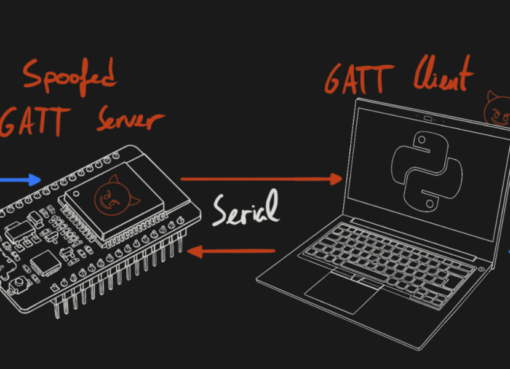Medicaid Unraveling: Chaos Ensues in States, Beyond Expectations

– Seven months into what was predicted to be the biggest upheaval in the 58-year history of Medicaid, states have reviewed the eligibility of more than 28 million people and terminated coverage for more than 10 million of them. The unprecedented enrollment drop comes after federal protections ended this spring that had prohibited states from removing people from Medicaid during the three pandemic years.
– Around 71% of Medicaid enrollees terminated during the unwinding have been cut because of procedural issues, such as not responding to requests for information to verify their eligibility. Some Medicaid recipients lack consistent addresses or internet service, do not speak English, or are juggling more pressing needs. Because of this, there are concerns that these individuals might still be eligible for the coverage.
– Medicaid disenrollment rates vary dramatically by state. Idaho disenrolled 121,000 people of the 153,000 recipients it reviewed as of September because it suspected they were no longer eligible with the end of the public health emergency. California, by contrast, started terminating recipients only this summer and is automatically transferring coverage from Medicaid to marketplace plans for those eligible.
“`html
- Seven months into what was predicted to be the biggest upheaval in the 58-year history of Medicaid, states have reviewed the eligibility of more than 28 million people and terminated coverage for more than 10 million of them. The unprecedented enrollment drop comes after federal protections ended this spring that had prohibited states from removing people from Medicaid during the three pandemic years.
- Around 71% of Medicaid enrollees terminated during the unwinding have been cut because of procedural issues, such as not responding to requests for information to verify their eligibility. Some Medicaid recipients lack consistent addresses or internet service, do not speak English, or are juggling more pressing needs. Because of this, there are concerns that these individuals might still be eligible for the coverage.
- Medicaid disenrollment rates vary dramatically by state. Idaho disenrolled 121,000 people of the 153,000 recipients it reviewed as of September because it suspected they were no longer eligible with the end of the public health emergency. California, by contrast, started terminating recipients only this summer and is automatically transferring coverage from Medicaid to marketplace plans for those eligible.
“`
Over 10 Million People Disenrolled from Medicaid Amidst Pandemic Protections Termination
Persons seeking to renew their Medicaid coverage are experiencing unprecedented challenges as over 10 million Americans have had their coverage terminated in the aftermath of federal protections ceasing this past spring. This mass termination anticipates a further significant decline in Medicaid coverage in the forthcoming months.
The federal government had disallowed states from removing people from Medicaid during the pandemic years. From March 2020, Medicaid enrollment surged by over 22 million, reaching 94 million in total. Presently, the eligibility reassessment process has been fraught with widespread confusion, leading to disenrollment for some who are still eligible.
State Disenrollment Rates Highlight Troubling Disparities
It is estimated that around 71% of Medicaid enrollees terminated during the unwinding were cut due to procedural issues, such as failing to respond to requests for eligibility verification. The disenrollment rates vary significantly from state to state. Idaho, for instance, has already completed the unwinding, disenrolling 121,000 of the 153,000 recipients it reviewed. Conversely, California only began the process recently, auto-enrolling eligible individuals from Medicaid to marketplace plans.
Difficulties in Renewal Process and Procedural Flaws Resulting in Coverage Termination
Recipients have faced long wait times for assistance in many states, with the worst being in Missouri, according to a KFF Health News review of letters sent to states by the Centers for Medicare & Medicaid Services. Similarly, states such as California have reported difficulties due to jammed phone lines, understaffed county offices, and issues with electronic renewal applications.
Furthermore, a 2020 class-action lawsuit against Tennessee, which seeks to halt the Medicaid eligibility review, has highlighted the struggles faced by recipients, with parents spending hours on the phone or online ensuring their children’s insurance coverage isn’t lost.
However, states have assured that they are taking steps to improve the process and reduce call wait times.
SUBSCRIBE FOR MORNING HEADLINES DELIVERED TO YOUR INBOX
—
Read More Health & Wellness News ; US News



Leave a Comment